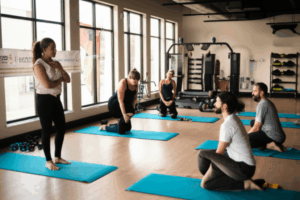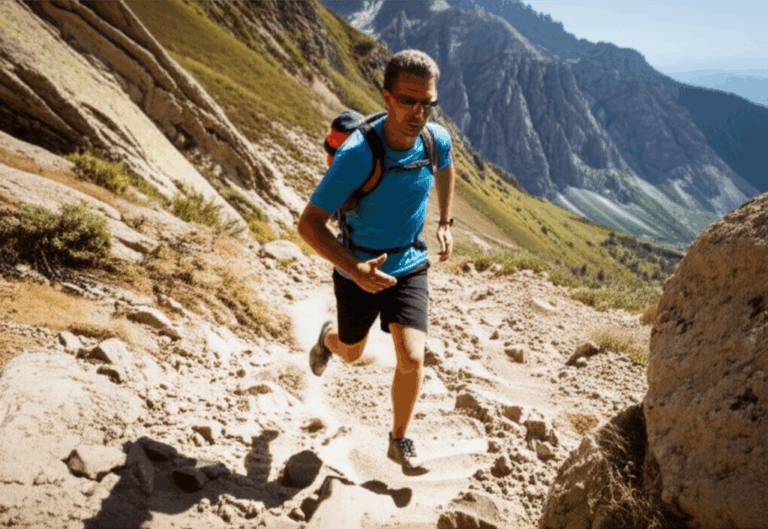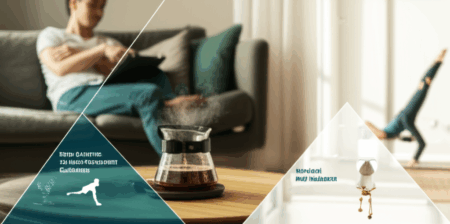In an increasingly digitized world, more people are seeking solace and challenge in the embrace of nature. This longing for the outdoors has fueled a significant surge in trail running, transforming it from a niche activity into a mainstream phenomenon. Far beyond simply a way to exercise, hitting the trails offers a powerful dual benefit: robust physical fitness combined with profound mental and emotional well-being.
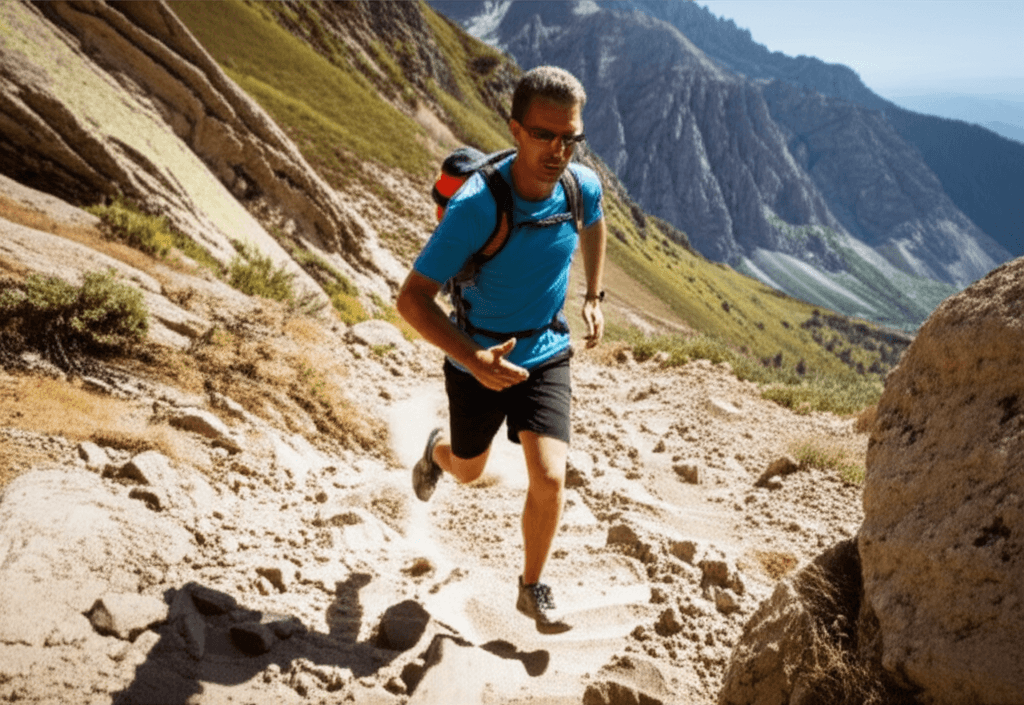
The Explosive Growth of Trail Running
The statistics paint a clear picture of trail running’s ascendance. It stands as the 7th fastest-growing sport in the United States. From 2022 to 2023, participation jumped by 12.3%, and over a three-year span (2021-2023), it soared by an impressive 25.6%. Globally, the sport has witnessed a staggering 231% growth in the last decade and an even more remarkable 2394% over the past two decades. Off-road races are experiencing a surge in popularity, with some organizers reporting their biggest fields ever. This boom is not just about competition; it reflects a broader desire for variety, challenge, and an escape from urban environments.
A significant portion of this growth also includes ultra-running, which is predominantly trail-based and has seen a 345% increase in participation over the last decade. The COVID-19 pandemic further accelerated this trend, as gym closures led many to discover the benefits of outdoor recreation.
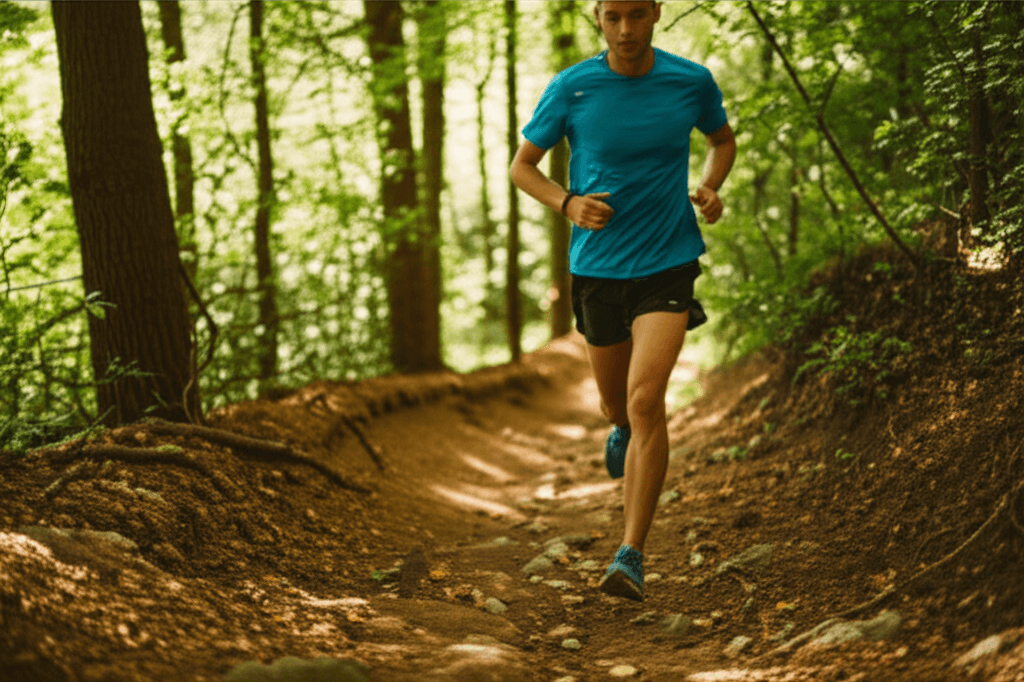
Unleashing Physical Fitness Benefits on the Trails
Trail running offers a comprehensive, full-body workout that often surpasses the physical demands of its road-running counterpart. The dynamic and unpredictable nature of varied terrains provides unique advantages:
Enhanced Cardiovascular Health and Endurance
Navigating constantly changing elevations and surfaces forces your heart to work harder, leading to improved cardiovascular health, increased endurance, and enhanced lung capacity. Regular trail running can also contribute to lower blood pressure.
Superior Muscle Engagement and Strength
Unlike the repetitive motion of road running, trails demand constant adjustments, activating a wider range of muscle groups. This includes strengthening the core, legs, and ankles as they work to stabilize the body on uneven ground. Ascents build strength in thighs, calves, and glutes, while descents fortify stabilizing muscles. This holistic engagement cultivates a stronger, more functional, and balanced body.
Improved Balance and Agility
The need to step over roots, rocks, and other obstacles significantly boosts balance, coordination, and agility. Your body makes quick, instinctive adjustments, honing these crucial skills.
Joint-Friendly Impact and Reduced Injury Risk
Running on softer surfaces like dirt, grass, and gravel can be less impactful on joints compared to hard pavement. The varied terrain prevents repetitive stress injuries by distributing the load across different muscles and ligaments, potentially lowering the overall risk of running-related injuries. Studies suggest trail runners may have a lower risk of certain injuries, such as ACL issues, due to improved core and knee control from navigating diverse terrain.
Higher Calorie Burn and Metabolic Benefits
The increased energy demands of navigating uneven ground, maintaining balance, and tackling inclines mean trail running can burn more calories than road running. A general estimate suggests about 10% more calories are burned for each degree of incline. Furthermore, trail running can help regulate metabolism, boosting fat burning and improving insulin sensitivity.
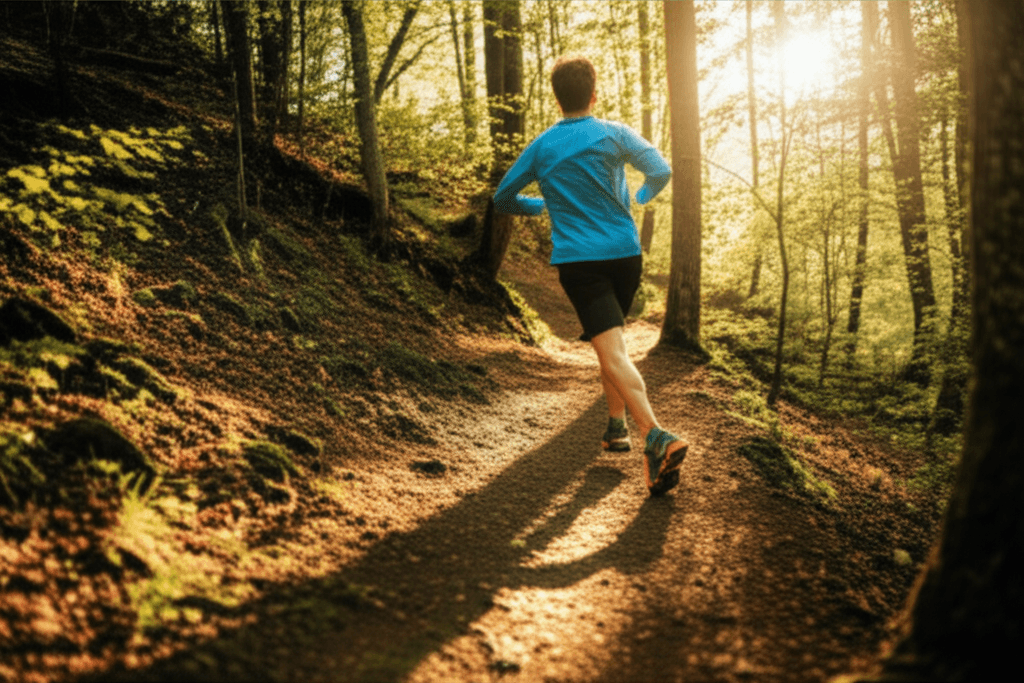
The Profound Mental Health Connection
Beyond the physical, trail running offers a powerful antidote to modern stressors, providing significant mental and emotional benefits:
Stress Reduction and Mood Enhancement
Immersing oneself in natural environments has consistently been shown to reduce anxiety, lower stress hormones like cortisol, and boost overall mood. The “runner’s high,” driven by endorphin release, is amplified by scenic views and fresh air, leading to enhanced feelings of well-being and self-esteem.
Enhanced Cognitive Function and Focus
The ever-changing terrain of trails demands constant attention and quick decision-making. This active engagement of the mind enhances cognitive function, mental alertness, focus, and self-discipline. Athletes often describe trail running as a “moving meditation,” where the focus on the path ahead helps clear the mind of daily worries.
Escape and Mental Reset
Trail running provides a much-needed escape from screens, city streets, and daily pressures. The peacefulness of nature allows for a mental reset, fostering creativity and imagination. Spending just 20 minutes in nature can reduce cortisol levels and improve mood.
Building Resilience and Confidence
Successfully navigating challenging terrain, overcoming obstacles, and pushing physical limits on the trails builds a profound sense of accomplishment and resilience. This confidence can extend into other areas of life, improving problem-solving skills and emotional regulation.
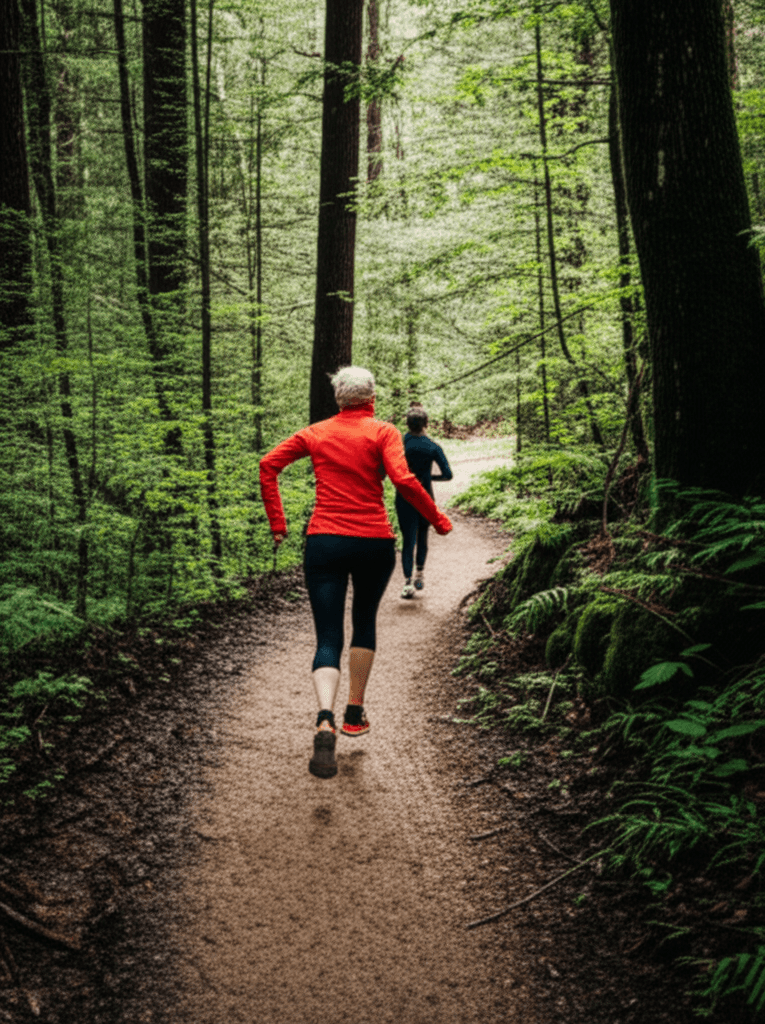
Trail Running vs. Road Running: A Distinct Experience
While both forms of running offer benefits, trail running provides a uniquely enriching experience:
- Terrain Variety: Road running typically involves predictable, flat, paved surfaces, focusing on consistent pace and time. Trail running, however, takes place in natural environments like forests, mountains, and dirt paths, presenting varied and often rugged terrain with hills, roots, and rocks.
- Physical Demands: Trail running engages more muscles due to the need for constant adjustments, offering a more comprehensive workout and generally less impact on joints.
- Pacing and Focus: Road running often prioritizes speed and mileage. Trail running, conversely, encourages a slower, more deliberate pace, with a greater emphasis on adapting to the terrain and the immersive experience. It’s less about the clock and more about the journey.
- Mental Engagement: The constant need to observe the path and anticipate obstacles fosters a heightened sense of mindfulness and presence.
- Community and Adventure: Trail running events often have a more relaxed and social vibe, with participants readily walking uphills and enjoying the camaraderie. The adventure of exploring new places and the deeper connection to nature are primary draws.

Getting Started on the Trails
Ready to experience the trail running boom for yourself? Here are some tips to begin your journey:
- Start Slowly and Choose Gentle Trails: Begin on relatively flat, well-marked, and less technical trails. Gradually increase distance and technical difficulty as your confidence and fitness grow.
- Focus on Time, Not Distance: Initially, prioritize time spent on the trails rather than aiming for specific mileage, as varied terrain naturally slows your pace.
- Invest in Proper Footwear: A good pair of trail running shoes with rugged grip and rock protection is essential for stability and safety.
- Watch the Trail Ahead: Instead of staring at your feet, scan the trail 10 to 15 feet in front of you to anticipate obstacles and plan your foot placement.
- Embrace Walking: It’s completely acceptable, and often necessary, to walk steep uphills to conserve energy and maintain efficiency.
- Stay Hydrated and Fuelled: For longer runs, carry water and appropriate nutrition, as aid stations may be less frequent than in road races.
- Consider Strength Training: Incorporate core and leg strengthening exercises into your routine to improve stability and power on uneven ground.
- Explore and Connect: Use apps or local resources to find trails near you, or consider joining a local trail running club to discover new routes and connect with experienced runners.
The trail running boom isn’t just a fleeting trend; it’s a testament to the enduring human need for nature, challenge, and holistic well-being. By stepping off the pavement and onto the paths less traveled, runners are discovering a powerful synergy of physical fitness and profound mental clarity, forging a deeper connection with both themselves and the natural world.


